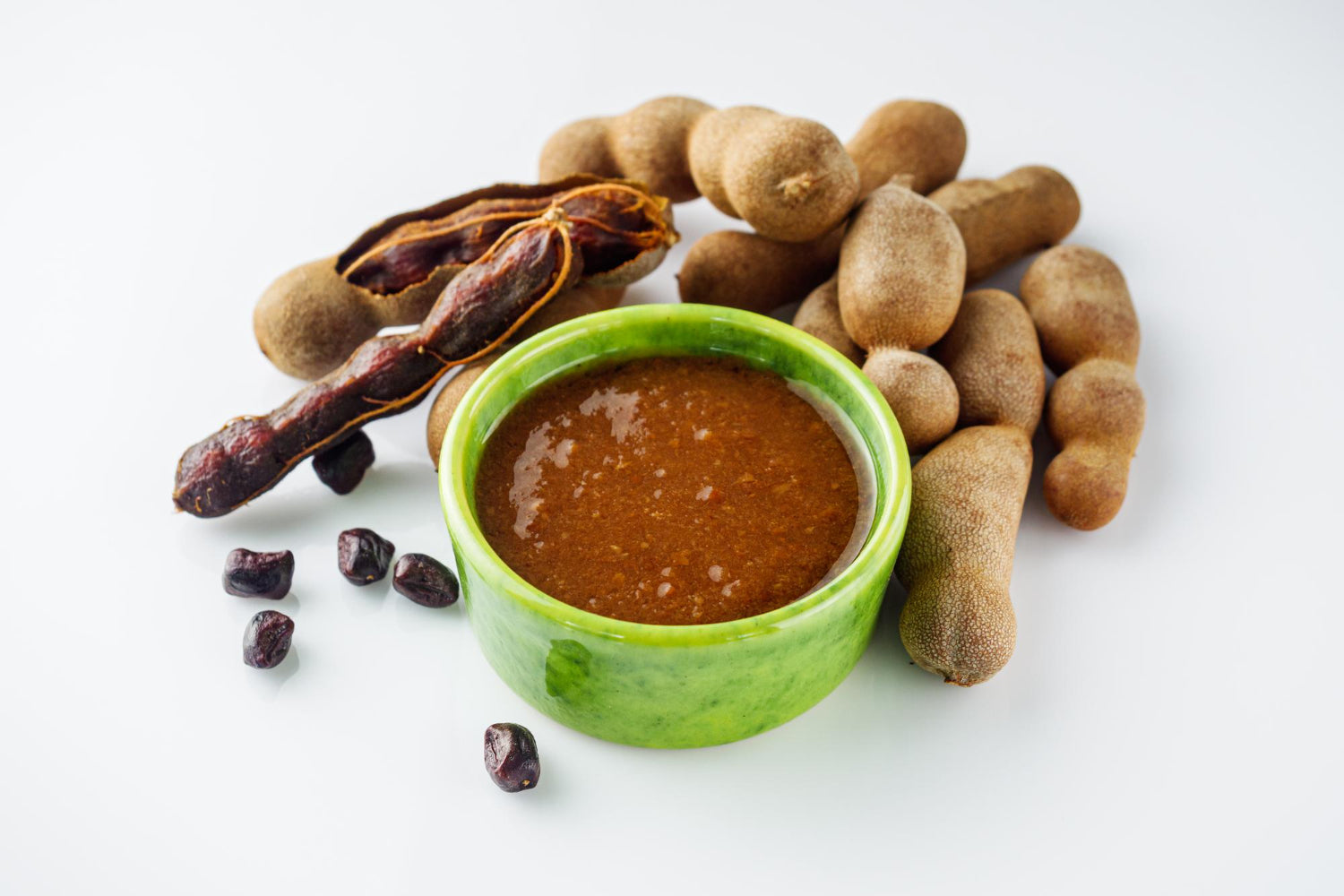
Why Is My Tamarind Chutney Too Tangy? Easy Fixes
Tamarind chutney is a beloved condiment that adds a burst of flavor to many dishes. Its unique tangy taste, which is both sweet and sour, makes it a popular choice for enhancing snacks and meals alike. The tamarind, a tropical fruit, is responsible for this tangy flavor that some folks can't get enough of. However, there are times when the tanginess can become too overpowering, making the chutney hard to enjoy.
Understanding why tamarind chutney can sometimes taste too tangy is the first step in enjoying its flavor just the way you like it. This article looks into the reasons behind those intense flavors and offers some simple tips to balance them. Whether you're a seasoned chutney lover or new to experimenting with flavors, these insights will help you enjoy tamarind chutney without any sense of overwhelm.
Understanding the Tanginess of Tamarind Chutney
The signature tanginess of tamarind chutney comes primarily from the tamarind fruit itself. Known for its potent sourness, tamarind serves as the central ingredient in creating that punchy flavor profile. But it's not just about the sourness; a well-crafted chutney balances a medley of tastes, including the sweetness, heat, and a hint of saltiness. The right combination can enhance whatever dish you pair it with, be it samosas, bhajis, or a simple bowl of rice.
The trick lies in ensuring that the tamarind's sour notes complement rather than overpower the rest of the ingredients. Each component, from the sweeteners to the spices, plays a crucial role in this balancing act. Imagine them working together like a choir, where every flavor note has a part to play. When all the notes are in harmony, you experience the chutney's full potential. This balance is what keeps diners coming back for more, craving just the right blend of sweet, sour, and spicy.
Common Reasons for Excessive Tanginess
Too much tanginess in tamarind chutney usually boils down to a few common missteps in preparation or proportion. Here's a rundown of what might be going wrong:
- Overuse of tamarind pulp or concentrate: Using too much can quickly tip the scale to overwhelming sourness.
- Insufficient balancing ingredients: Without enough sugar, salt, or other flavors, tamarind's acidity can dominate the mix.
- Short resting time: Chutneys need time for flavors to meld. Rushing the process can intensify the tang, rather than balance it.
- Over-reduction: Cooking the chutney too long can concentrate its sourness instead of mellowing it out.
By keeping these factors in mind, you can better identify and adjust the underlying causes of excessive tanginess in your chutney, ensuring a more balanced taste.
Easy Fixes to Reduce Tanginess
Fixing the overwhelming tanginess in tamarind chutney is simpler than you might think. A few tweaks can make all the difference and restore balance to your condiment. Start by adding sweeteners. Sugar, honey, or jaggery are excellent options to counteract the sourness. Each of these not only reduces the tang but also enhances the overall taste, making the chutney richer and more appealing.
Another solution involves using balancing ingredients such as salt, coconut milk, or yogurt. Salt can help neutralize the extra acidity from the tamarind, while coconut milk or yogurt adds a creamy touch that mellows the sharpness. Incorporating these can introduce a new dimension to your chutney, smoothing out the sour with a gentle hand.
Consider using the dilution method. Adding a bit more water or another neutral base like mashed fruit can diffuse the intense flavors. For instance, adding a bit of banana can provide a natural sweetness and subtle richness, toning down the tanginess while keeping the chutney flavorful.
Lastly, don't forget to give your chutney time. Letting it sit for a few hours or even overnight allows all the ingredients to meld together, resulting in a more harmonious flavor profile. This resting time is essential for reducing tanginess, as it gives the chutney a chance to balance itself naturally.
Tips for Perfect Chutney with Tamarind
Creating the perfect chutney is about more than just taste; it's an art of balance. Start by ensuring you have the right amount of each ingredient, adjusting based on how strong the tamarind initially seems. Frequent taste tests during preparation are beneficial. This way, you can add or subtract ingredients to achieve the desired harmony of flavors.
Invest in quality ingredients. The taste of your final product greatly depends on the freshness and quality of what you use. Fresh tamarind pulp, ripe fruits, and aromatic spices can elevate your chutney and prevent it from tasting too flat or tart.
Proper storage is another key aspect. Keep your chutney in an airtight container to maintain its freshness and flavor. This not only prevents spoilage but also allows the flavors to develop further over time, promoting an even more delicious experience with each use.
Enjoying Tamarind Chutney
With these tips and fixes at your disposal, enjoying tamarind chutney without being overwhelmed by its tanginess becomes possible. By keeping the balance of flavors in mind and making thoughtful adjustments, you open yourself up to a wider range of culinary possibilities.
Experiment with your chutney alongside different dishes to find your preferred combinations. Whether drizzled over samosas, served with grilled meats, or even used as a dip for veggies, a well-balanced tamarind chutney can enhance your meals dramatically. Not only does this tiny tweak transform single meals, but it also revitalizes staple items like rice and flatbreads, turning the ordinary into something extraordinary.
Enhance your culinary creations by exploring the unique tangy taste of chutney with tamarind. With Anmol, you can discover the perfect balance of flavors that brings your favorite dishes to life. Whether you're adding it to snacks or meals, Anmol's selections offer something for everyone who loves bold, balanced taste in every bite.
